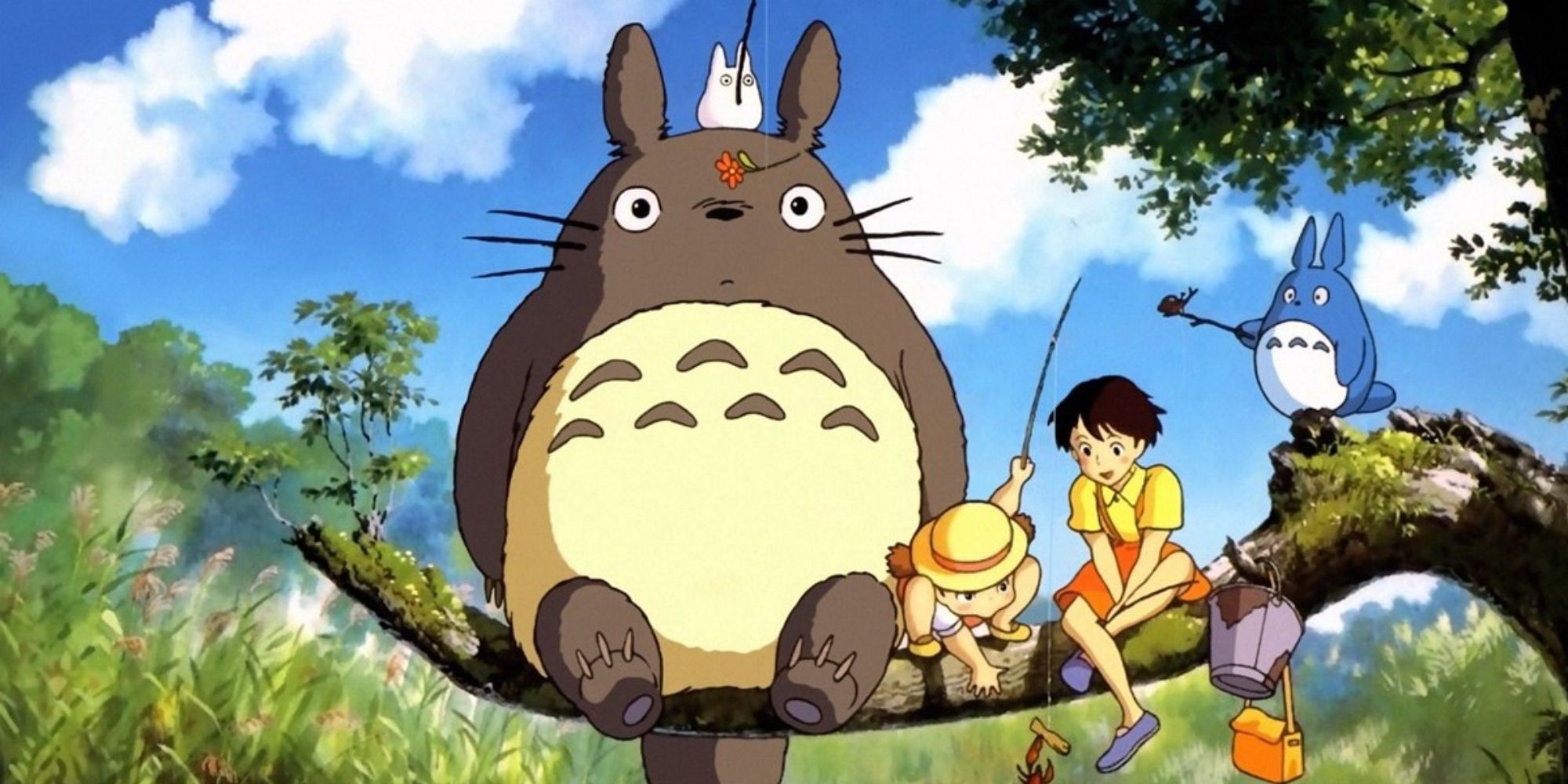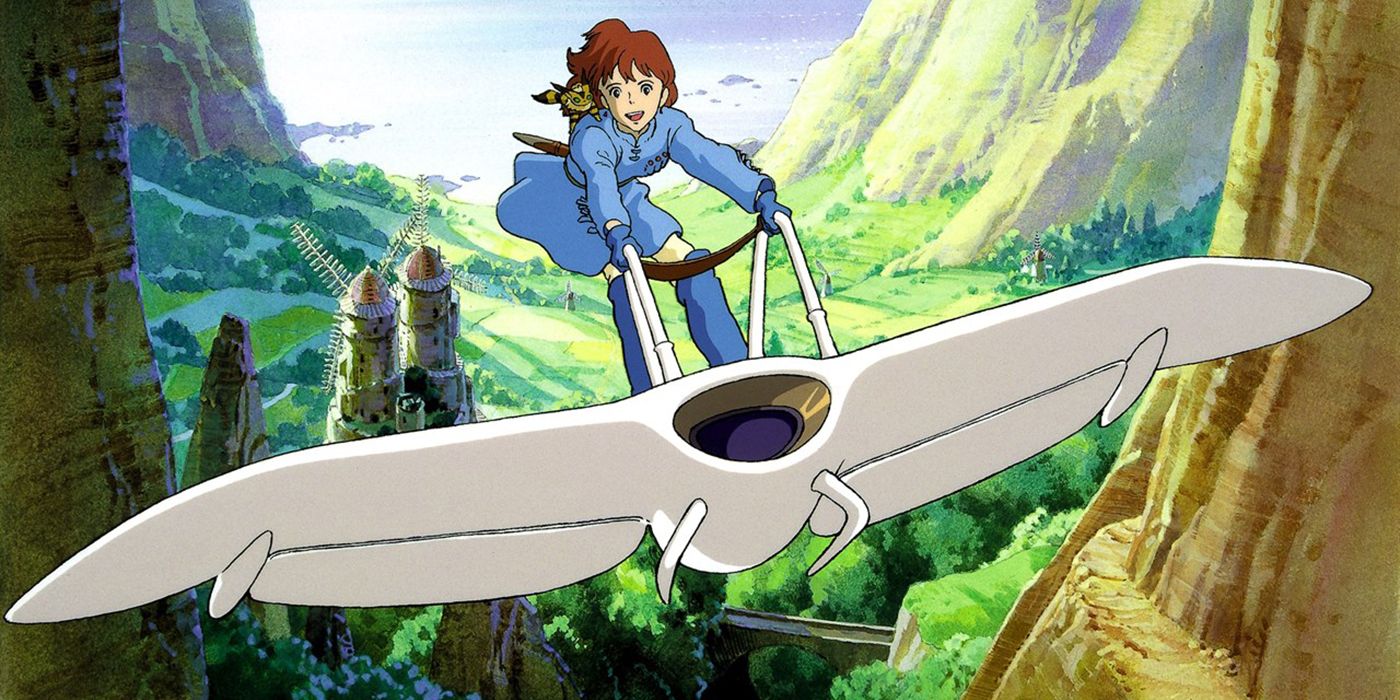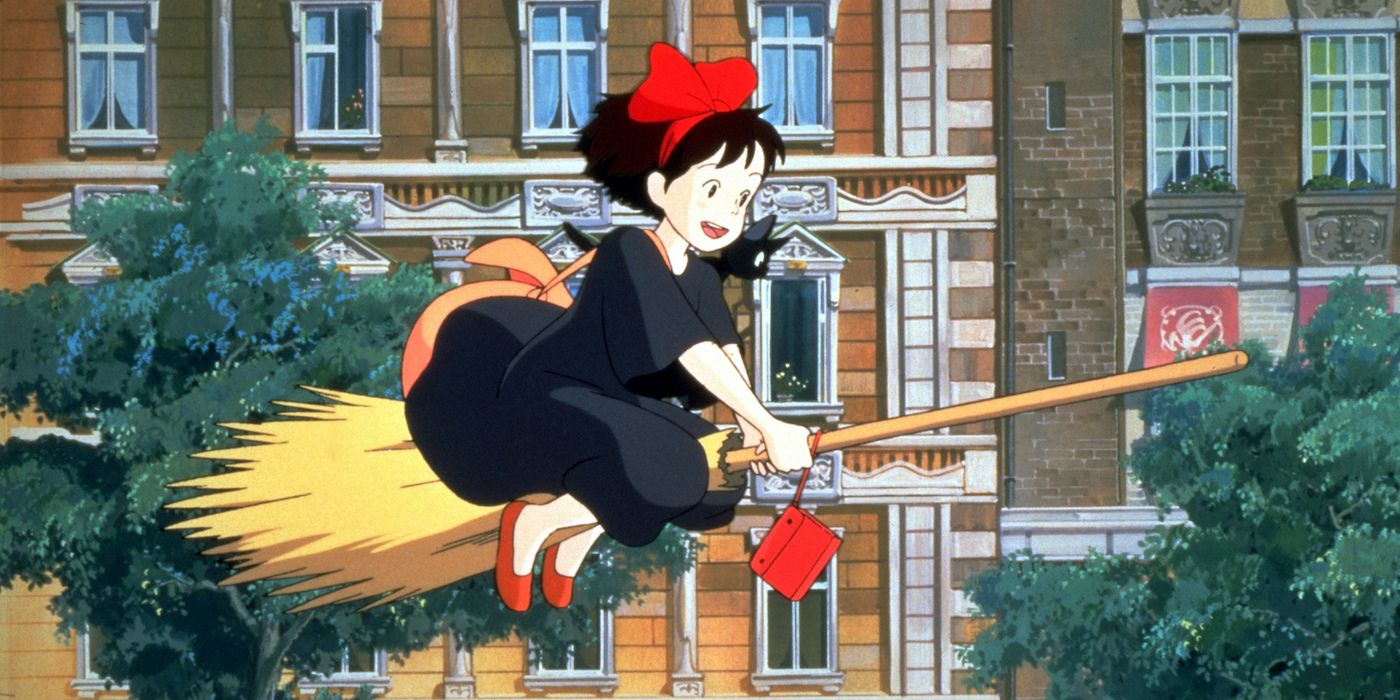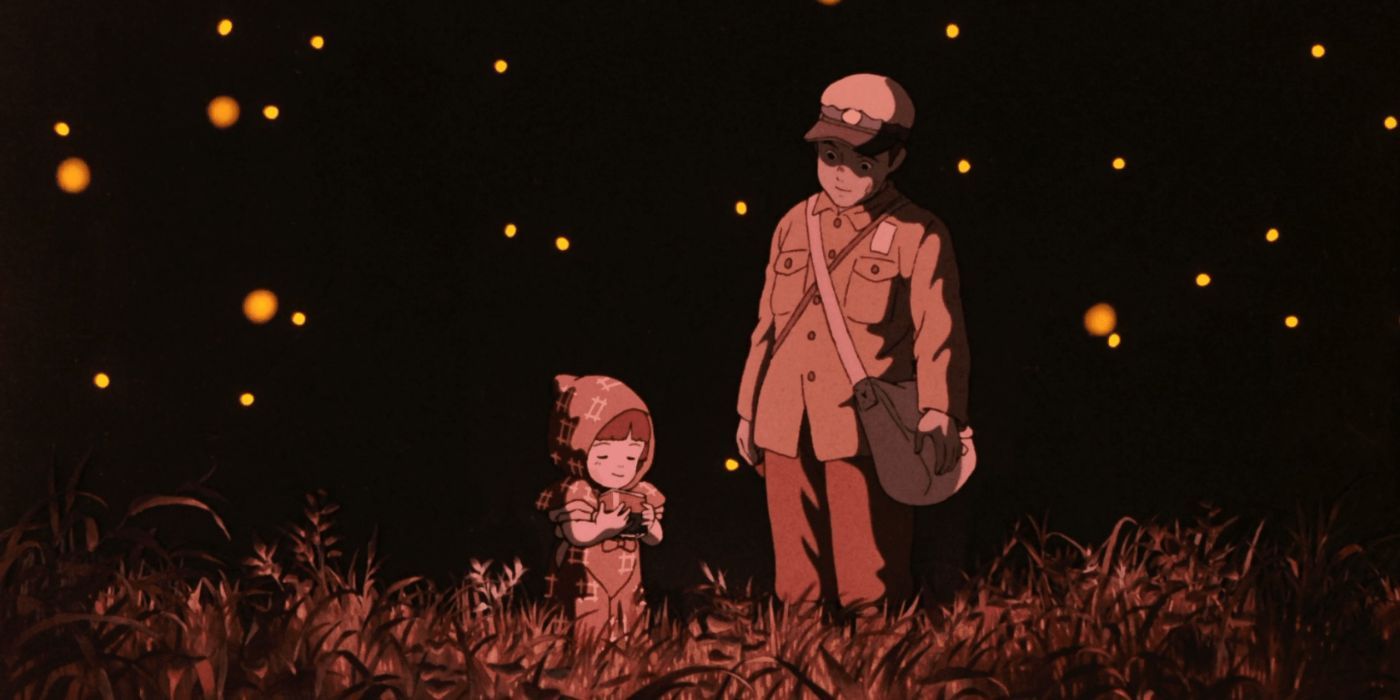Studio Ghibli has become a legendary name in the world of animation films, celebrated for its remarkable ability to weave together enchanting stories characterized by imaginative fantasy, profound themes, and stunning visuals. Founded in 1985 by Hayao Miyazaki, Isao Takahata, and Toshio Suzuki, the studio has consistently set high standards for animated cinema. Their films transcend cultural barriers, delivering narratives that are as heartfelt and meaningful as they are visually captivating. From whimsical escapades to deep reflections on life and human nature, the creations of Studio Ghibli have profoundly influenced the animation industry and transformed the art of storytelling in this medium.
Studio Ghibli’s repertoire includes numerous iconic films, where even the lesser-known stories resonate deeply with audiences. This article highlights the essential works that showcase the studio’s unparalleled ability to merge intricate narratives with universal themes. Through explorations of environmental harmony, the resilience of the human spirit, and the innocence of childhood, these films have left a lasting impression on viewers worldwide. Join us as we delve into the Ghibli masterpieces that not only define the studio’s remarkable legacy but also solidify its impact on generations of storytellers and fans alike.
10
‘Nausicaä of the Valley of the Wind’ (1984)
Directed by Hayao Miyazaki
Nausicaä of the Valley of the Wind is set in a post-apocalyptic universe where toxic jungles dominate the landscape, and humanity faces the threat of extinction. The narrative centers on Nausicaä, the empathetic princess of a tranquil valley, who passionately seeks to comprehend the enigmatic toxic forests and the colossal insect creatures known as Ohmu. When a hostile kingdom jeopardizes her peaceful home and intends to deploy a weapon of mass destruction against the toxic jungle, Nausicaä embarks on a treacherous journey to broker peace and reveal the truth regarding the environment and humanity’s contribution to its decline.
Although this groundbreaking film was released in 1984 before the official formation of Studio Ghibli, it eventually became a vital part of its catalog. It embodies the studio’s core values, emphasizing themes of environmentalism, pacifism, and female empowerment. The impact of Nausicaä is evident in subsequent Ghibli films that also delve into the intricate relationship between humanity and nature. Directed by Hayao Miyazaki, this film also marks the inaugural collaboration between Ghibli and composer Joe Hisaishi. Without Nausicaä, the existence of Studio Ghibli as we know it may have been profoundly different, establishing it as an indispensable and transformative part of the Ghibli legacy.
9
‘Kiki?s Delivery Service’ (1989)
Directed by Hayao Miyazaki
Kiki?s Delivery Service narrates the story of Kiki, a young witch who embarks on a journey of independence at the age of 13, in accordance with witch tradition. Armed with her broomstick, her loyal black cat companion Jiji, and an optimistic outlook, Kiki establishes a delivery service. As she faces the trials of self-reliance and the pressures of growing up, Kiki begins to doubt her abilities, including her magical powers. Through the formation of new friendships and moments of self-reflection, she ultimately learns to regain her confidence and carve out her place in the world. The English dub features the voice of Kirsten Dunst as Kiki.
This 1989 film is a heartwarming exploration of adolescence and self-discovery, showcasing a beautiful portrayal of grounded magic. Directed by Hayao Miyazaki, it emphasizes themes of resilience, community, and the challenges faced during the transition to adulthood. The everyday magic depicted in the film sets it apart from Ghibli?s more fantastical narratives. Kiki?s relatable journey of finding her footing in a new environment makes it a timeless coming-of-age story. Through vibrant hand-drawn animation, the film?s enchanting representation of urban life and its uplifting message have established it as a cherished addition to the Ghibli universe, inspiring anyone navigating their path in life.
8
‘Grave of the Fireflies’ (1988)
Directed by Isao Takahata
Grave of the Fireflies presents a poignant narrative set in Japan during the concluding days of World War II. The story follows two siblings, Seita and his younger sister Setsuko, as they struggle to survive amidst the devastation wrought by firebombing raids. After losing their mother in a bombing, they attempt to create a life for themselves in the countryside, only to confront the harsh realities of famine, societal apathy, and the enduring scars of war. Despite the bleakness of their situation, Seita strives to shield Setsuko and conjure fleeting moments of happiness, such as capturing fireflies to illuminate their dark nights.
Directed by Isao Takahata (known for The Tale of Princess Kaguya), this film stands as one of Studio Ghibli?s most emotionally stirring offerings, demonstrating the power of animation to convey narratives of profound human suffering and resilience. Its unflinching depiction of war’s impact on civilians, especially children, distinguishes it from the studio’s other works. The film’s raw emotional intensity and haunting beauty serve as a stark reminder of the human cost of conflict. Based on a true story, Grave of the Fireflies is acclaimed as one of the greatest war films ever crafted and a landmark achievement in the realm of animation.
7
‘The Wind Rises’ (2013)
Directed by Hayao Miyazaki
<em>The Wind Rises</em> tells a semi-biographical story inspired by the life of Jiro Horikoshi, the aeronautical engineer behind Japan?s legendary Zero fighter planes during World War II. Set against the backdrop of early 20th-century Japan, the film chronicles Jir??s quest to realize his dream of designing exquisite airplanes, while grappling with the unfortunate reality that these creations will be employed in warfare. Alongside his professional aspirations, the narrative explores his tender romance with Nahoko, a woman facing a terminal illness. At one point, the film was thought to be Miyazaki’s last project before he announced his initial retirement.
The Wind Rises stands out as a deeply introspective and personal work that diverges from Studio Ghibli?s fantastical narratives. Through his pacifist lens, Miyazaki presents a grounded and contemplative storyline that makes the film one of the most significant war films of the 21st century. It serves as a meditation on the pursuit of dreams, the ramifications of innovation, and the intricate relationship between beauty and destruction. Accompanied by a stunning score from Joe Hisaishi, The Wind Rises is not only a monumental achievement in animation but also a profound exploration of the human spirit. The film topped the box office in Japan in 2013, drawing audiences eager to witness this cinematic masterpiece.










